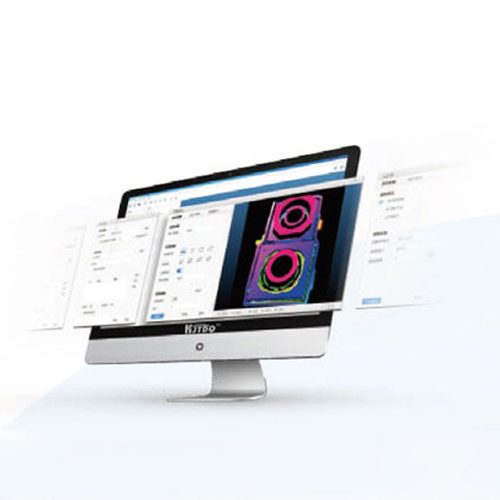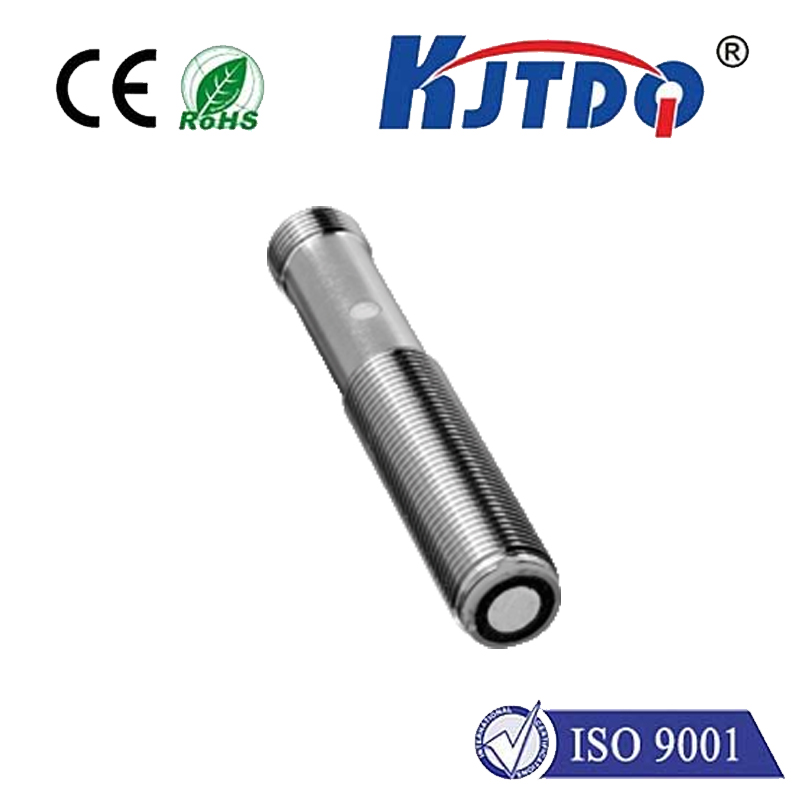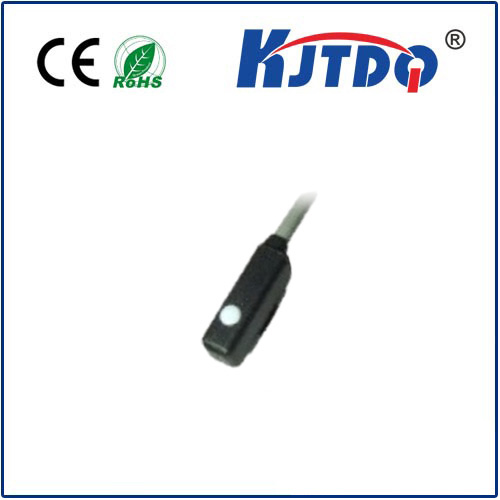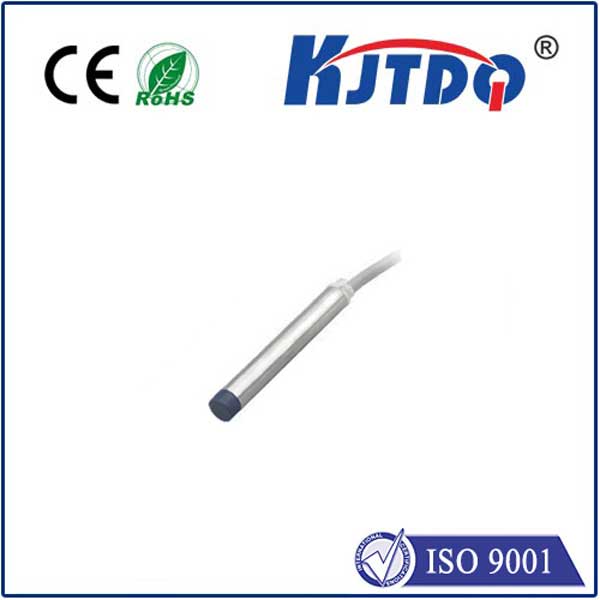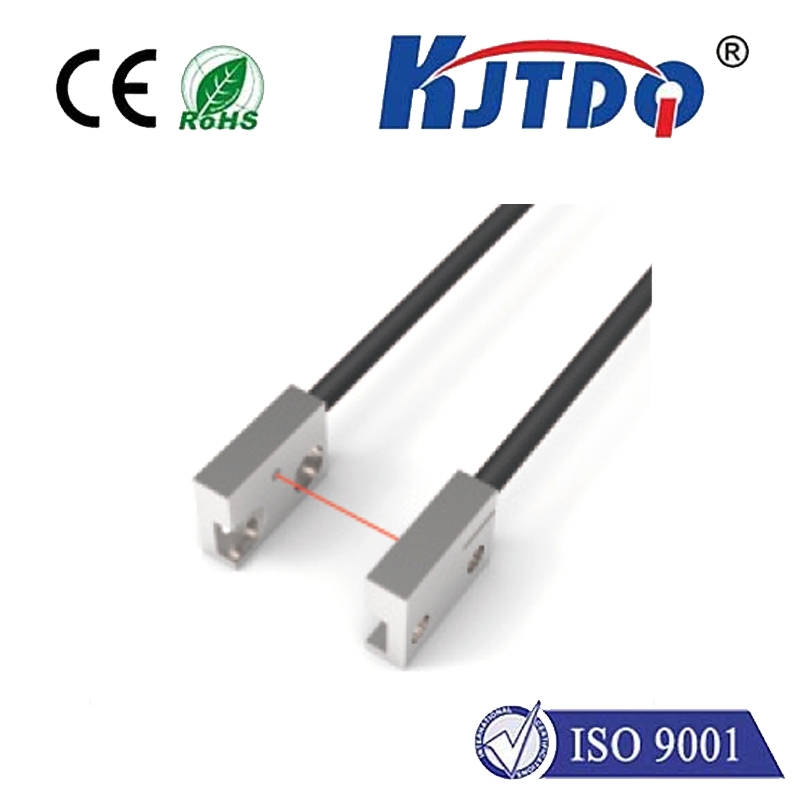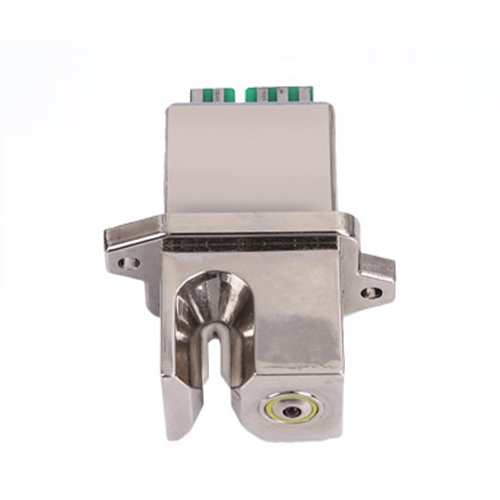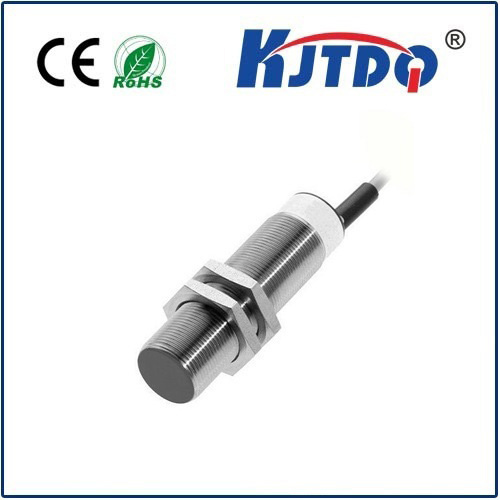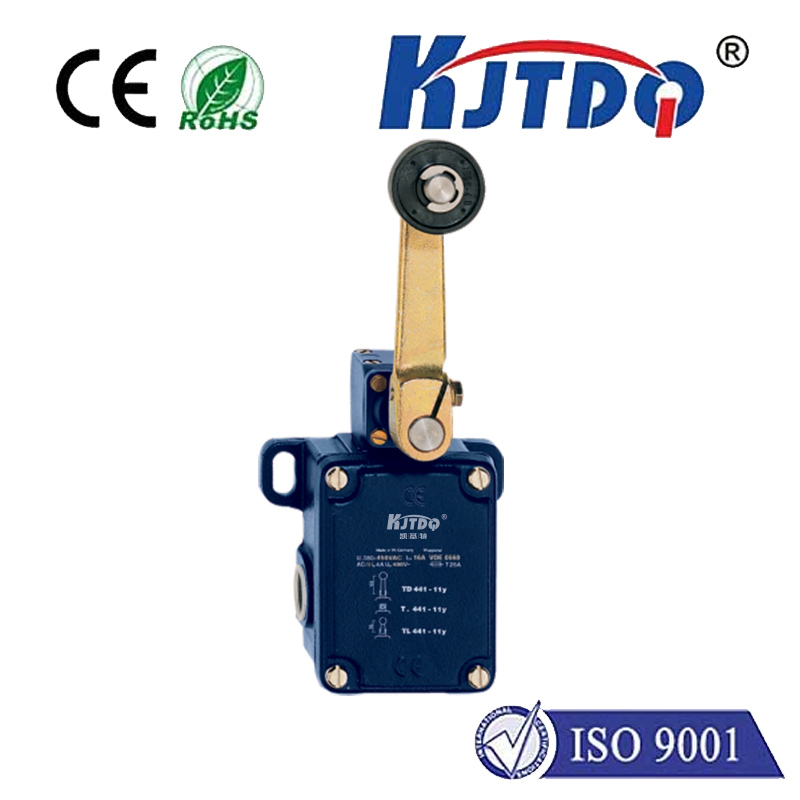

check

check

check

check

check

check

check

check

check

check
The air we breathe is far from empty. It’s a dynamic ocean teeming with microscopic particles, some harmless, others potentially impacting our health, the performance of sensitive equipment, and even manufacturing processes. Seeing the unseen, quantifying the invisible – this critical task falls to sophisticated technology, and laser particle sensors have emerged as the gold standard for real-time air quality monitoring. This article delves into the world of these remarkable devices, exploring how they work, their diverse applications, and why they are revolutionizing how we understand and manage our airborne environment.
Beyond the Naked Eye: Why Particle Sensing Matters
We intuitively understand that dusty air isn’t ideal, but the true danger often lies in particles too small to see. Particulate Matter (PM) is categorized by size: PM10 (≤10 microns), PM2.5 (≤2.5 microns – fine particles), and PM1.0 (≤1 micron – ultrafine particles). These microscopic invaders can originate from vehicle exhaust, industrial processes, construction, wildfires, or even everyday activities like cooking. Their small size allows them to penetrate deep into our lungs and even enter the bloodstream, posing significant respiratory and cardiovascular health risks. Furthermore, in controlled environments like cleanrooms, laboratories, or during manufacturing processes for electronics or pharmaceuticals, even minuscule particles can cause catastrophic defects or contamination. Accurately sensing and controlling these particles is paramount.
The Illuminating Core: Laser Scattering Principle Explained

So, how does a laser particle sensor make the invisible visible? At its heart lies a fundamental principle called laser scattering or light scattering. Here’s a simplified breakdown of the typical process:
Key Advantages: Why Laser Technology Dominates
Laser particle sensors offer compelling advantages over older methods like gravimetric analysis (weighing filters) or simpler optical sensors:
Powering Innovation: Diverse Applications Across Industries
The versatility of laser particle sensors drives their adoption in numerous fields:
Embracing Clarity: The Future is Measured
Laser particle sensors have transformed our ability to perceive and quantify the invisible world of airborne particulates. Their foundation in laser scattering technology provides the speed, accuracy, and detail necessary for applications ranging from safeguarding public health to enabling billion-dollar manufacturing processes. As sensor technology continues to advance – becoming smaller, more energy-efficient, even more sensitive, and potentially more affordable – their integration into our lives and industries will only deepen. They are not just measuring devices; they are essential tools empowering us to make informed decisions for health, safety, environmental stewardship, and technological advancement. Understanding and monitoring the particulate landscape is no longer a luxury; it’s a necessity, and laser particle sensors are leading the way.
